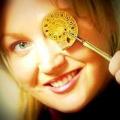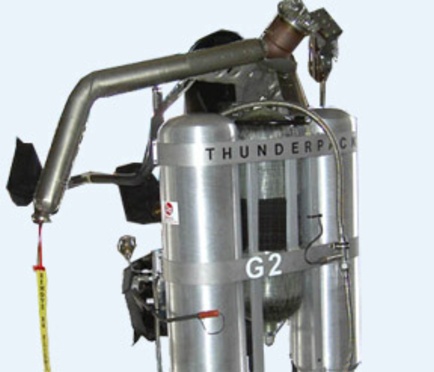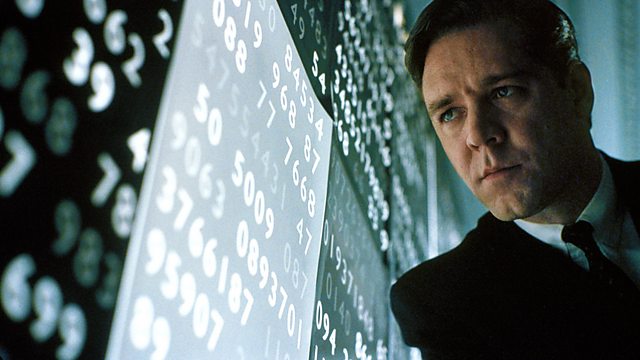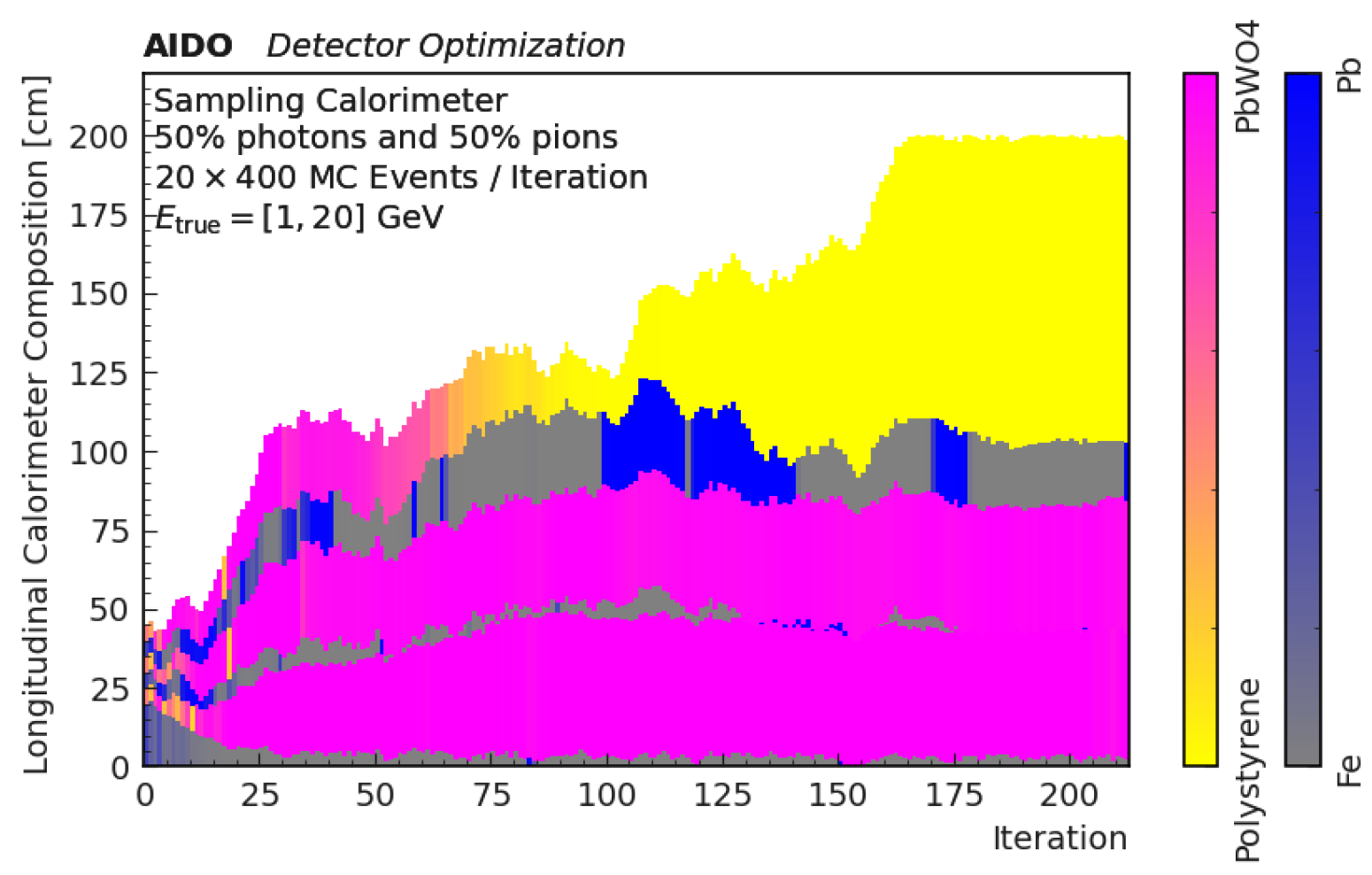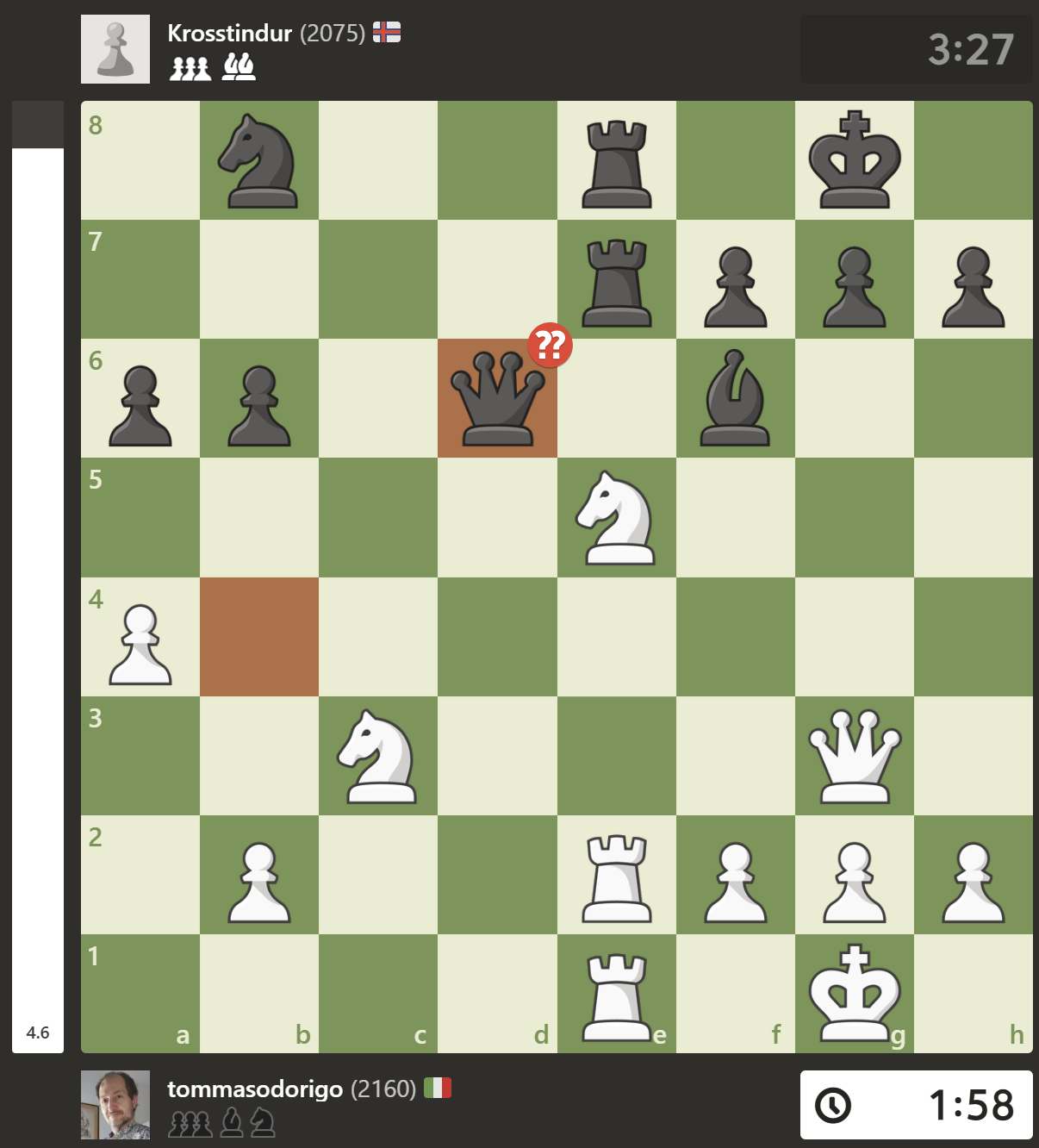Perhaps the most important thing to get right from the start, in most statistical problems, is to understand what is the probability distribution function (PDF) of your data. If you know it exactly -something that is theoretically possible but only rarely achieved in practice- you are in statistical heaven: you can use the maximum likelihood method for parameter estimation, and you can get to understand a lot about the whole problem.
Winter is not over yet, but I am already busy fixing the details of some conferences, schools, and lectures I will give around Europe this summer. Here I wish to summarize them, in the hope of arising the interest of some of you in the relevant events I will attend to.
Pattern recognition is an altisonant name to a rather common, if complex, activity we perform countless times in our daily lives. Our brain is capable of interpreting successions of sounds, written symbols, or images almost infallibly - so much so that people like me, who have sometimes trouble to recognize a face that should be familiar, get their own disfunctionality term - in this case, prosopagnosia.
As artificial intelligence tools continue to evolve and improve their performance on more and more general tasks, scientists struggle to make the best use of them.
The problem is not incompetence - in fact, at least in my field of study (high-energy physics) most of us have grown rather well educated on the use and development of tailored machine learning algorithms. The problem is rather that our problems are enormously complex. Long gone are the years when we started to apply with success deep neural networks to classification and regression problems of data analysis: those were easy tasks. The bar now is set much higher - optimize the design of instruments we use for our scientific research.
As part of the celebrations for 20 years of blogging, I am re-posting articles that in some way were notable for the history of the blog. This time I want to (re)-submit to you four pieces I wrote to explain the unexplainable: the very complicated analysis performed by a group of physicists within the CDF experiment, which led them to claim that there was a subtle new physics process hidden in the data collected in Run 2. There would be a lot to tell about that whole story, but suffices to say here that the signal never got confirmed by independent analyses and by DZERO, the competing experiment at the Tevatron. As mesmerizing and striking the CDF were, they were finally archived as some intrinsic incapability of the experiment to make perfect sense of their muon detector signals.
During Christmas holidays I tend to indulge in online chess playing a bit too much, wasting several hours a day that could be used to get back on track with the gazillion research projects I am currently trying to keep pushing. But at times it gives me pleasure, when I conceive some good tactical sequence.
Take the position below, from a 5' game on chess.com today. White has obtained a winning position, but can you win it with the clock ticking? (I have less than two minutes left for the rest of the game...)
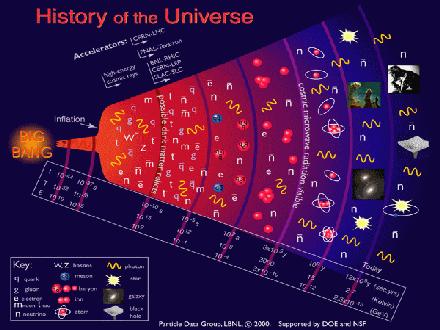 Win A MSCA Post-Doctoral Fellowship!
Win A MSCA Post-Doctoral Fellowship! The Anomaly That Wasn't: An Example Of Shifting Consensus In Science
The Anomaly That Wasn't: An Example Of Shifting Consensus In Science 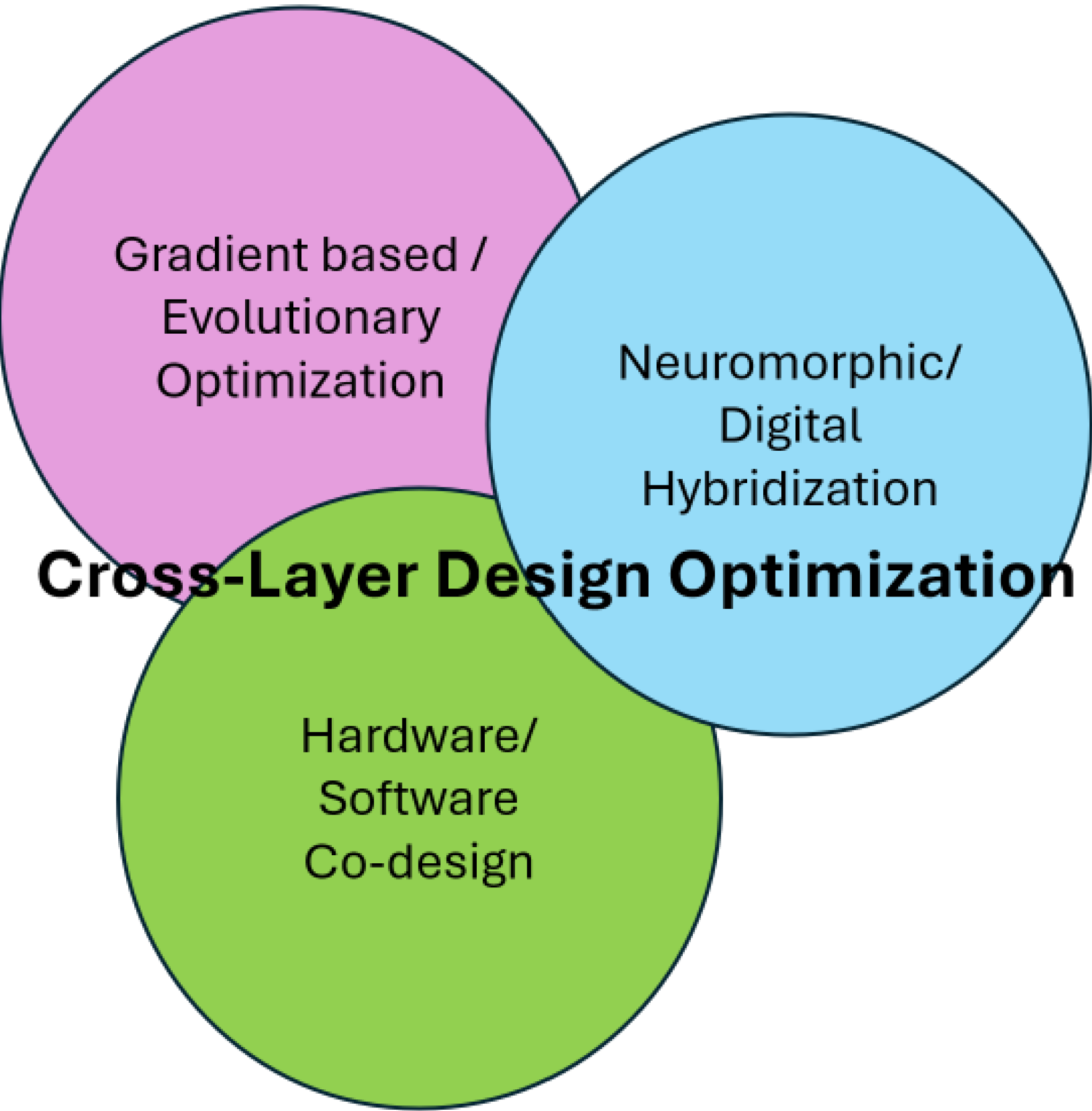 An Innovative Proposal
An Innovative Proposal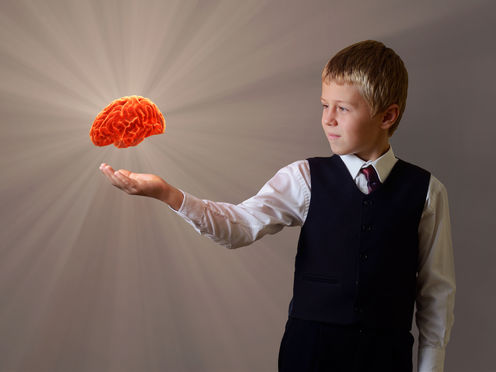 On Progress
On Progress
